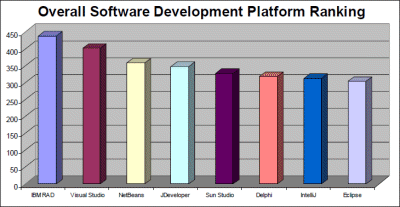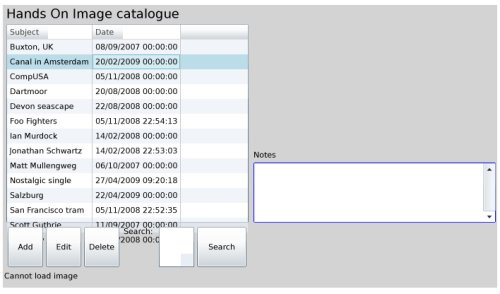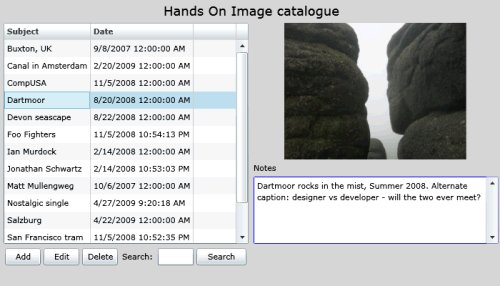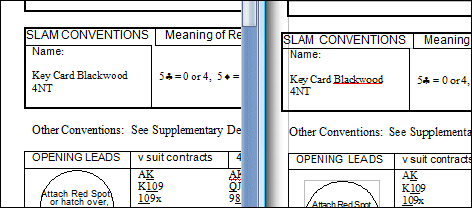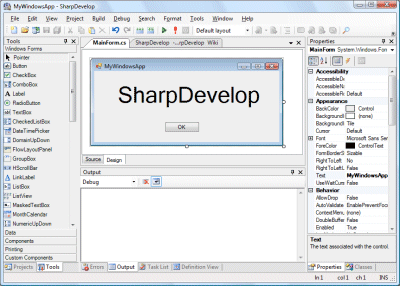The European Commission is examining Oracle’s acquisition of Sun and has concerns about the implications for MySQL:
Competition Commissioner Neelie Kroes said: “The Commission has to examine very carefully the effects on competition in Europe when the world’s leading proprietary database company proposes to take over the world’s leading open source database company. In particular, the Commission has an obligation to ensure that customers would not face reduced choice or higher prices as a result of this takeover. Databases are a key element of company IT systems. In the current economic context, all companies are looking for cost-effective IT solutions, and systems based on open-source software are increasingly emerging as viable alternatives to proprietary solutions. The Commission has to ensure that such alternatives would continue to be available”.
The most remarkable thing about this investigation is that it exists. One of the supposed benefits of open source is that, come what may, your product cannot be abandoned at the whim of some commercial giant; you have the code, and as long as a viable community of users and developers exists, its future is in your hands. So why is the EU worried?
The issue I suppose is that while Oracle cannot remove code from the community, it would have it in its power to disrupt MySQL – in fact, that is happening already. It could refuse to invest in further development, and encourage customers with support agreements to move to the latest Oracle solution instead. I am not saying that is likely; I have no idea what Oracle plans, and it already owns Innobase, which supplies the most widely-used transactional engine for MySQL, without obvious adverse affects.
Still, it is important to think clearly about the case. I’ve just been talking to Simon Cattlin at Ingres, who is using the opportunity to mention that worried MySQL customers are making enquiries at his company. He also argues that the EU’s intervention proves the increasing importance of open source technology.
That latter point is true; but there is some doublethink going on here. There are two sides to MySQL. On one side it’s powering a zillion mostly non-critical web applications for free, while on the other it is a serious business contender covered by support contracts. It is all the free users that make it “the world’s leading open source database company”, not the relatively small number of commercial licensees; and it was Sun’s failure to shift users from one to the other that accounted (among other things) for its decline.
So which of these groups is the EU concerned about? If it’s the free users, I don’t think it should worry too much. The existing product works, the community will maintain it, and forks are already appearing, not least MariaDB from a company started by MySQL creator Monty Widenius.
On the other hand, if it is the Enterprise users, I don’t think the EU should worry either, because it is not a big enough deal to warrant anti-competitive concerns. Cattlin told me that Ingres actually had higher revenue that MySQL at the time of the Sun takeover.
It makes no sense to conflate the free and commercial users into one, and use the number of free users to justify action which mainly concerns the commercial users.
That said, it’s true that having an open source product owned and mainly developed by a commercial company is always somewhat uncomfortable. One of the reasons the Apache web server succeeds is because it belongs to an independent foundation. There is rarely a clean separation between what is commercial and what is open source though: the money has to come from somewhere, and entities like Apache and Eclipse survive on staff and funds contributed by profit-making companies.

